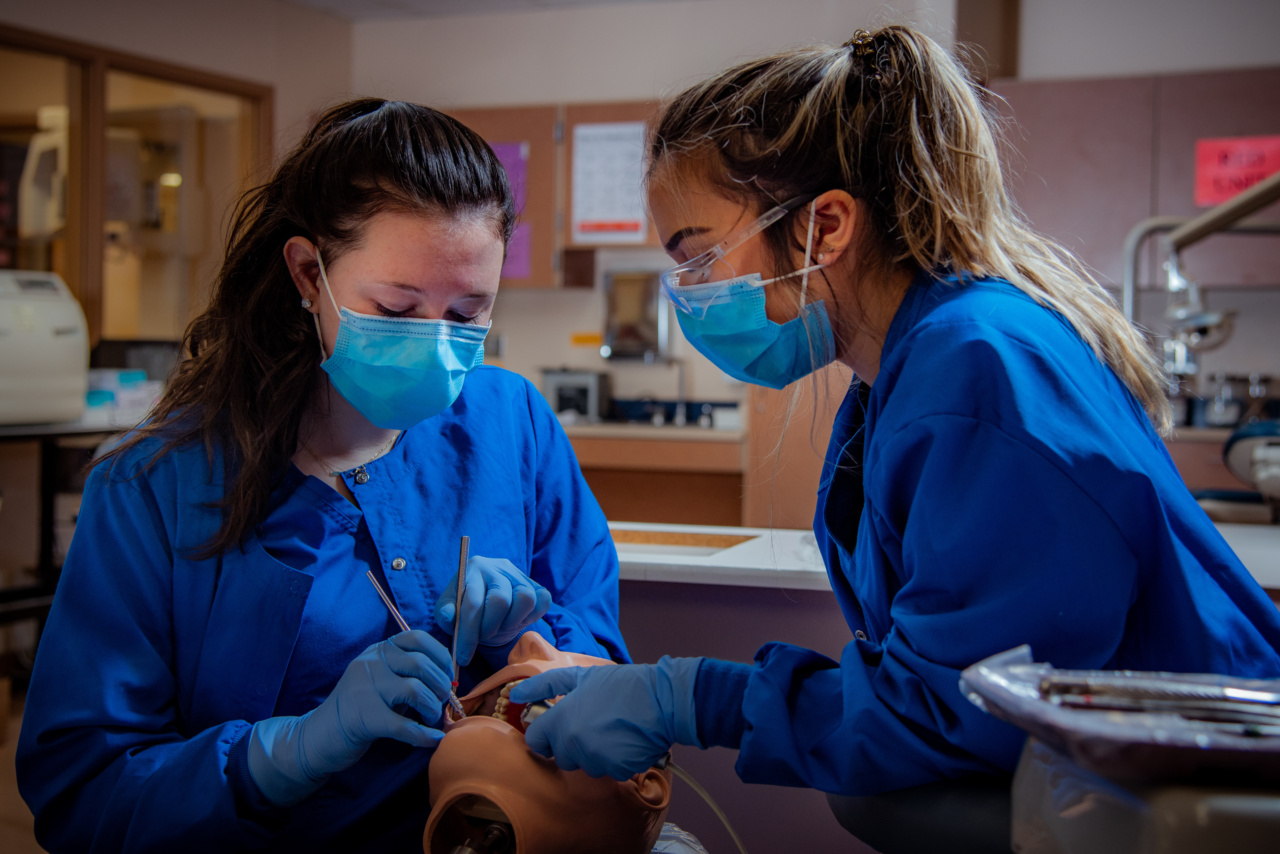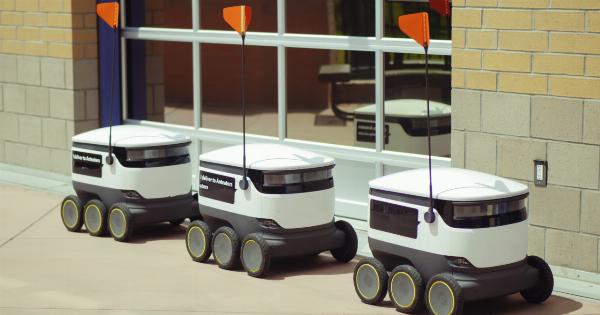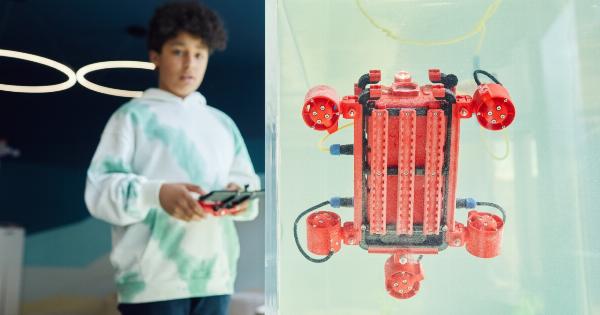Robotic surgery has revolutionized the field of medicine, enabling surgeons to perform complex procedures with enhanced precision and control. One of the key challenges in surgery is accessing difficult-to-reach areas within the body.
However, with the aid of diodes, surgeons are now able to explore these inaccessible spots and improve patient outcomes.
The Role of Diodes in Robotic Surgery
Diodes, small electronic components that allow current to flow in only one direction, have proven to be invaluable tools in robotic surgery. These diodes are integrated into the robotic arms and instruments used during a surgical procedure.
One of the primary advantages of diodes in robotic surgery is their ability to navigate through tight spaces.
The diodes allow the surgical instruments to be incredibly slim and flexible, making it possible for them to reach areas that were previously inaccessible. This is especially crucial in minimally invasive procedures, where small incisions are made, and the surgeon relies on tiny tools inserted through these incisions.
Furthermore, diodes in robotic surgery enable surgeons to overcome anatomical obstacles. In complex surgeries, there are often anatomical structures that obstruct the direct path to the target area.
Diodes can bend and maneuver around these obstacles, allowing surgeons to navigate through intricate anatomical structures and reach the desired spot.
Enhancing Visualization with Diode-based Imaging
In addition to aiding in navigation, diodes also contribute to enhanced visualization in robotic surgery. Diode-based imaging systems allow surgeons to see inside the body with exceptional clarity and detail.
When diodes are integrated into imaging devices such as endoscopes, the light emitted by these diodes illuminates the surgical field.
The diodes can be positioned strategically to provide optimal illumination, which improves the visibility of the surgical site. The enhanced visualization enables surgeons to accurately identify critical structures, blood vessels, and nerves, reducing the risk of unintentional damage.
Moreover, diode-based imaging systems offer real-time imaging during the surgery. Surgeons can observe the procedure on a high-definition monitor, providing a magnified view of the surgical site.
This level of magnification allows for precise and meticulous movements during the surgery.
Advancements in Diode Technology
The continuous advancements in diode technology have significantly improved the capabilities of robotic surgery. The diodes used in robotic arms and instruments are becoming smaller, more durable, and more reliable.
Miniaturization of diodes has enabled the creation of even slimmer and more flexible surgical instruments.
These thinner instruments can navigate through increasingly narrow anatomical structures, enabling access to previously unreachable spots within the body. This has brought about numerous benefits, such as reduced trauma to surrounding tissues, minimized scarring, and faster recovery times for patients.
Furthermore, the durability and reliability of diodes have been crucial in the success of robotic surgery. These diodes can withstand the sterilization processes used in hospitals without losing their functionality.
This ensures that the diodes will continue to perform optimally throughout multiple surgeries, making them a cost-effective solution in the long run.
Applications of Diodes in Robotic Surgery
The applications of diodes in robotic surgery are expanding rapidly, enabling surgeons to explore previously inaccessible spots in various medical fields.
1. Cardiothoracic Surgery
In cardiothoracic surgery, diodes have played a vital role in accessing delicate cardiac structures and vessels.
Surgeons can navigate through intricate cardiac anatomy, such as the coronary arteries, using the slim and flexible diode-equipped instruments. This has greatly improved the precision and safety of cardiac procedures, such as coronary artery bypass grafting and valve repair or replacement.
2. Gastrointestinal Surgery
In gastrointestinal surgery, diodes have allowed surgeons to explore challenging areas of the digestive system.
With the help of diode-equipped robotic instruments, surgeons can reach deep-seated tumors or lesions within the stomach, intestines, or colon. This minimally invasive approach ensures quicker recovery and reduced post-operative complications for patients.
3. Urological Surgery
Diodes have revolutionized urological surgery by enabling access to areas such as the prostate and bladder with enhanced precision.
In prostatectomy procedures, diode-equipped instruments allow for precise removal of cancerous tissue while preserving surrounding healthy structures. The use of diodes has also facilitated the minimally invasive treatment of bladder conditions, such as bladder stones or tumors, with improved outcomes.
4. Neurosurgery
In neurosurgery, diodes have opened up possibilities for reaching deep-seated brain tumors and other neurological abnormalities.
The slim and flexible diode-equipped instruments can navigate through the intricate structures of the brain with minimal disruption. The enhanced visualization provided by diode-based imaging systems ensures accurate identification and precise removal of pathological lesions.
Future Prospects and Conclusion
The incorporation of diodes in robotic surgery has significantly expanded the boundaries of what is surgically achievable.
With their ability to access inaccessible spots, enhance visualization, and improve precision, diodes have become indispensable tools for surgeons.
Looking ahead, ongoing advancements in diode technology will continue to enhance the capabilities of robotic surgery.
As diodes become even smaller, more durable, and more versatile, the range of procedures and anatomical areas that can be explored will expand further.
The continued collaboration between engineers, researchers, and surgeons will pave the way for future innovations in diode technology, promising continued advancements in robotic surgical techniques and improved patient outcomes.


























